Manifest Metal Art: More than just sculpted metal, it’s a powerful expression of artistic intent, a tangible manifestation of ideas and emotions. From intricate, delicate pieces to bold, imposing sculptures, this art form utilizes the inherent strength and beauty of metal to create works that resonate deeply. We’ll explore the diverse techniques, materials, and artistic themes that define this captivating medium, revealing the stories behind the metal.
This exploration delves into the core characteristics of manifest metal art, examining its diverse styles and comparing it to other metalworking traditions. We’ll uncover the artistic intentions often embedded within these pieces, revealing how artists utilize symbolism, metaphor, texture, and form to convey powerful messages. Prepare to be captivated by the process, the artistry, and the enduring appeal of manifest metal art.
Manifest Metal Art: A Deep Dive
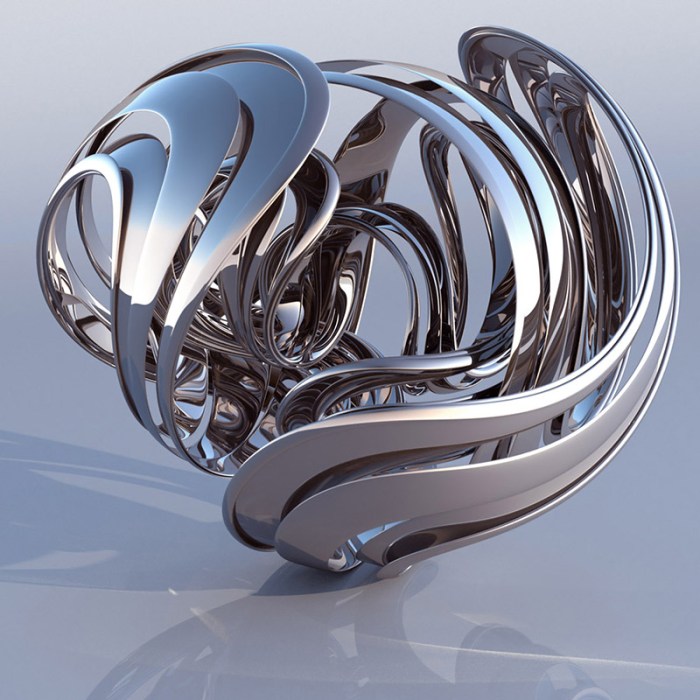
Manifest Metal Art, a relatively nascent field, blends the raw power of metalworking with deeply personal artistic expression. This form transcends mere craftsmanship; it’s a powerful medium for conveying complex emotions, ideas, and narratives through the manipulation of metal. This exploration delves into the defining characteristics, techniques, artistic expressions, market trends, and future possibilities of this captivating art form.
Defining “Manifest Metal Art”
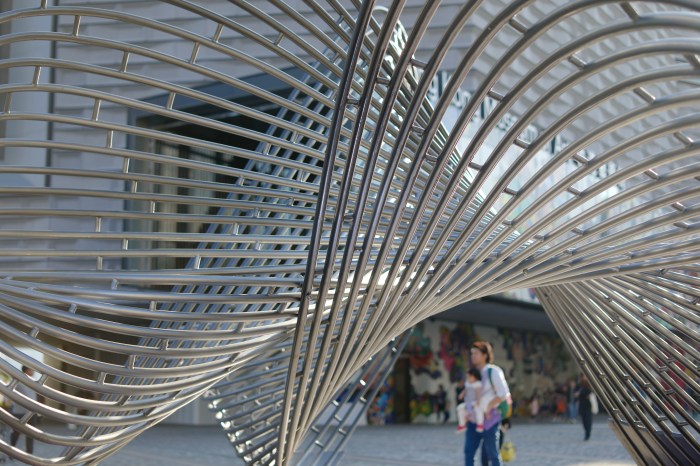
Manifest Metal Art is characterized by its intensely personal and expressive nature. Unlike purely decorative or functional metalwork, manifest metal art prioritizes the artist’s internal world, translating feelings and experiences into tangible three-dimensional forms. The term “manifest” highlights the act of making something invisible visible, giving physical form to abstract concepts or internal landscapes.
Styles within manifest metal art are diverse, ranging from highly polished, minimalist sculptures to heavily textured, almost visceral pieces. Some artists employ intricate detailing and precise craftsmanship, while others embrace a more raw, industrial aesthetic. We can see influences from various metalworking traditions, including blacksmithing, jewelry making, and even industrial fabrication techniques, all adapted to serve the unique expressive goals of the artist.
Compared to other metal art forms, such as decorative metalwork or architectural metal sculpture, manifest metal art distinguishes itself through its emphasis on emotional expression and personal narrative. While decorative metalwork might focus on aesthetics and functionality, and architectural metal sculpture on scale and structural integrity, manifest metal art centers on the artist’s inner world and its translation into a tangible form.
The artistic intentions are not merely aesthetic or functional; they are deeply personal and often seek to provoke thought or emotion in the viewer.
Materials and Techniques, Manifest metal art
The materials used in manifest metal art are as varied as the artists themselves. Common choices include steel, copper, brass, bronze, and aluminum, each offering unique properties influencing the final piece’s aesthetic and durability. The selection of metal is often driven by its ability to express a particular feeling or texture – the cool, hard strength of steel versus the warm, malleable nature of copper, for example.
Techniques employed are equally diverse, ranging from traditional forging and casting to more modern methods like welding, laser cutting, and 3D printing. Artists may combine multiple techniques within a single piece to achieve a desired effect, layering textures and manipulating forms to create a complex and evocative outcome. Surface treatments, such as patination, polishing, or texturing, further enhance the expressive potential of the metal.
Creating a manifest metal sculpture might involve the following workflow: 1) Conceptualization and sketching; 2) Metal selection based on desired aesthetic and symbolic properties; 3) Metal preparation (cutting, shaping); 4) Fabrication (welding, forging, casting); 5) Surface treatment (patination, polishing); 6) Finishing touches and mounting.
| Metal | Properties | Applications in Manifest Metal Art | Challenges |
|---|---|---|---|
| Steel | Strong, durable, versatile | Sculptures, installations | Can be difficult to work with |
| Copper | Malleable, patinas beautifully | Figurative sculptures, jewelry | Relatively soft |
| Brass | Durable, resists corrosion | Ornamental elements, detailed work | Can be brittle |
| Aluminum | Lightweight, easily machinable | Modern, minimalist sculptures | Can be soft |
Artistic Expression and Themes
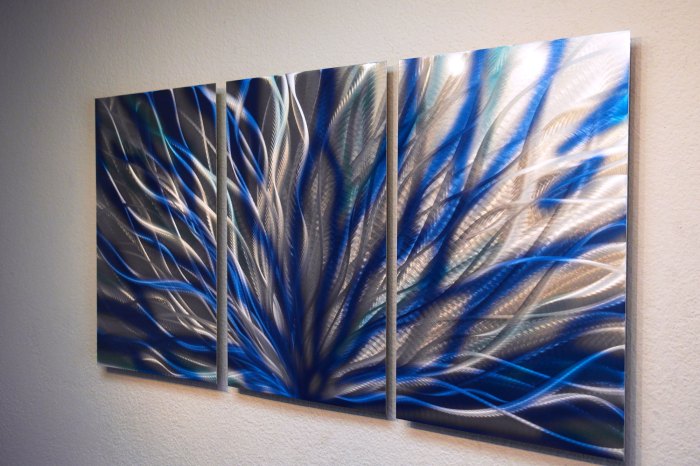
Recurring themes in manifest metal art often revolve around personal experiences, emotional states, and reflections on the human condition. Artists frequently explore concepts of transformation, resilience, memory, and the passage of time. Abstract forms and symbolic representations are commonly employed to convey these complex themes.
Symbolism and metaphor play a crucial role, with artists using shapes, textures, and forms to represent abstract ideas or personal narratives. For instance, sharp, angular forms might symbolize aggression or conflict, while smooth, flowing curves could represent peace or serenity. The deliberate manipulation of form and texture is key to communicating these meanings effectively.
Consider a hypothetical piece titled “Resilience.” This sculpture might be composed of twisted, fragmented steel elements, suggesting struggle and hardship, yet ultimately unified into a cohesive whole, representing the ability to overcome adversity. The rough texture of the steel would further emphasize the theme of resilience.
The Market and Appreciation of Manifest Metal Art
The market for manifest metal art is still developing, but there’s a growing appreciation for its unique expressive power. Collectors are drawn to the personal narratives embedded within each piece, recognizing the artistry and emotional depth involved in its creation. Increasingly, galleries and online platforms are showcasing manifest metal art, making it more accessible to a wider audience.
Manifest metal art is displayed in various settings, from private collections and galleries to public installations and museums. The value and collectability are influenced by several factors, making it comparable to other forms of fine art, particularly sculpture.
- Artist’s reputation and recognition
- Uniqueness and originality of the piece
- Materials used
- Technical skill and craftsmanship
- Emotional impact and artistic merit
- Size and scale of the artwork
Illustrative Examples
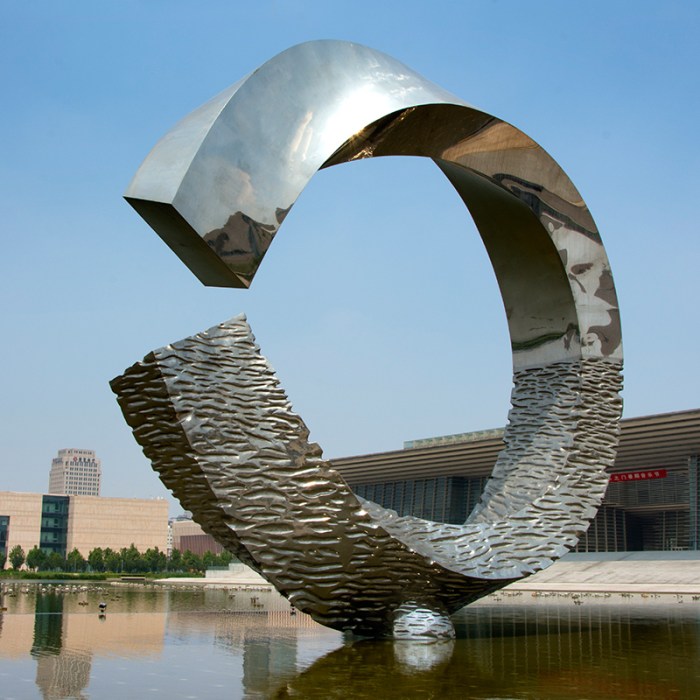
Imagine a sculpture titled “Inner Turmoil,” standing approximately four feet tall. Forged from blackened steel, its form is a chaotic yet controlled entanglement of sharp angles and swirling curves. The artist uses a combination of welding and forging techniques, creating a piece that simultaneously evokes feelings of anxiety and underlying strength.
Consider the work of a hypothetical artist, Anya Petrova, known for her intensely personal sculptures. Petrova uses primarily recycled metals, giving her pieces a raw, industrial aesthetic. Her signature technique involves layering and texturing the metal to create a sense of depth and complexity, reflecting the layered nature of human experience. Her work often explores themes of memory and loss, evoking powerful emotional responses in viewers.
A specific piece, “Ephemeral,” evokes a sense of both fragility and enduring beauty. The interplay of light and shadow on its polished copper surface creates a constantly shifting visual experience. The smooth, flowing curves of the sculpture contrast with the sharp angles of its base, suggesting a balance between vulnerability and strength. The piece’s reflective surface draws the viewer into a dialogue with their own emotions and experiences.
Future Trends and Innovations
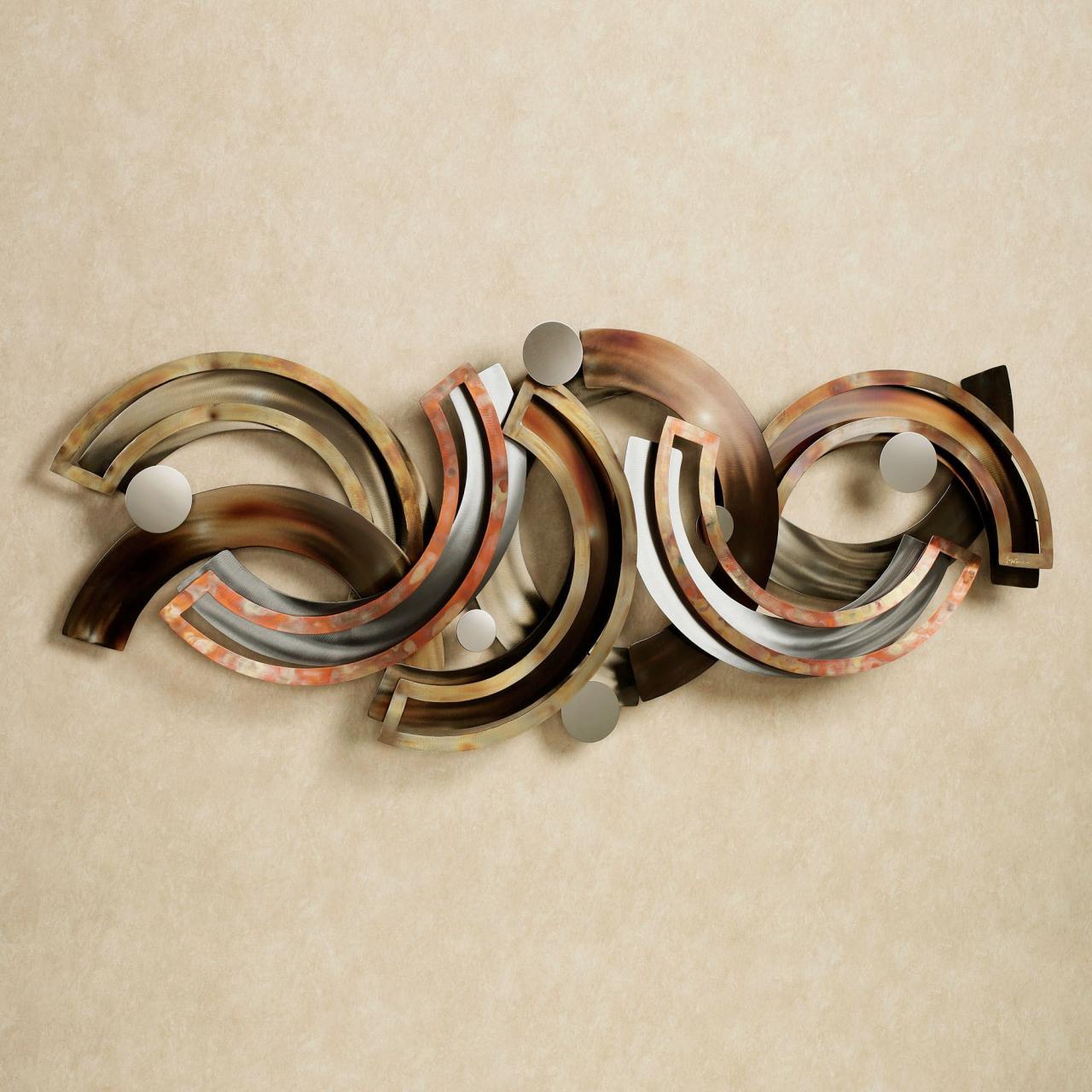
Future developments in manifest metal art may see the increased use of innovative techniques such as 3D printing and digital fabrication to create complex and intricate forms. We might also witness a greater integration of mixed media, incorporating elements like wood, glass, or even light into metal sculptures to further enhance their expressive capabilities.
The evolution of artistic styles and themes is likely to reflect ongoing societal changes and technological advancements. We can anticipate explorations of new themes related to technology, climate change, and social justice, expressed through innovative approaches to metal manipulation and form.
In the next 20 years, we might envision a world where manifest metal art is increasingly integrated into digital spaces, with artists creating virtual sculptures that interact with viewers in dynamic ways. Augmented reality and virtual reality technologies could revolutionize how we experience and appreciate this art form.
Closing Notes
Manifest metal art transcends mere craftsmanship; it’s a testament to human creativity and the enduring power of artistic expression. By understanding the techniques, materials, and artistic intentions behind each piece, we gain a deeper appreciation for the unique beauty and emotional resonance of this captivating art form. From the initial spark of inspiration to the final polished surface, the journey of creating manifest metal art is a testament to the dedication and skill of the artist, resulting in pieces that will captivate and inspire for generations to come.
The future of this medium is bright, brimming with potential for innovation and further exploration of artistic boundaries.
Essential Questionnaire
What are the common price ranges for manifest metal art?
Prices vary wildly depending on the artist’s reputation, the size and complexity of the piece, the materials used, and the overall artistic merit. Expect a wide range, from a few hundred dollars for smaller works to tens of thousands or more for significant pieces by established artists.
How is manifest metal art typically cared for?
Care depends on the specific materials and finish. Generally, avoiding harsh chemicals and abrasive cleaners is crucial. Regular dusting and occasional polishing with appropriate metal polishes can help maintain its luster. For outdoor pieces, protection from the elements is vital.
Are there any notable museums or galleries specializing in manifest metal art?
While there isn’t a single museum solely dedicated to manifest metal art, many contemporary art museums and galleries feature metal sculptures and installations as part of their broader collections. Searching for relevant exhibitions online can help you locate specific pieces and venues.
Where can I find artists who create manifest metal art?
Online platforms like Etsy, Artfinder, and Saatchi Art often feature artists working with metal. Additionally, searching for “metal sculpture artists” or “contemporary metal art” in your preferred search engine can reveal a wealth of talented creators.